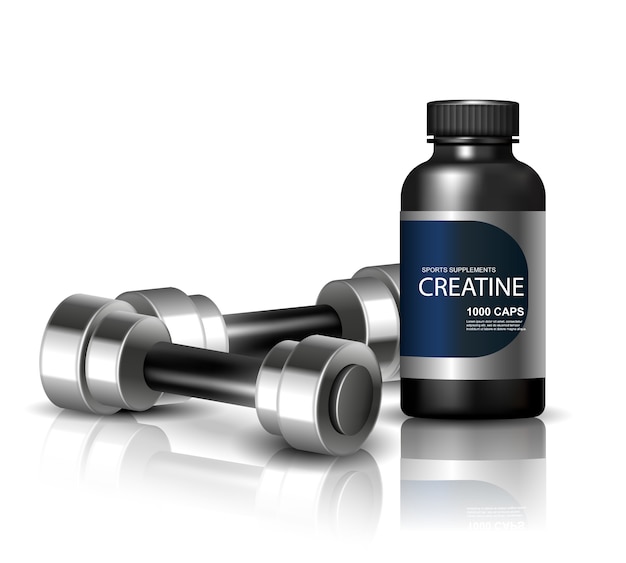When it comes to aging well, nutrition plays a pivotal role—not just in how long we live, but in how well we live. Two popular eating patterns have dominated the conversation: intermittent fasting and frequent small meals. But which one truly supports graceful aging? The answer isn’t one-size-fits-all, but science offers valuable insights to help you make an informed choice.
Intermittent fasting (IF) involves cycling between periods of eating and fasting. Common methods include the 16:8 approach (16 hours of fasting, 8-hour eating window) or the 5:2 method (eating normally five days a week, restricting calories two days). On the other hand, frequent small meals involve eating every 2–3 hours—typically 5–6 smaller meals throughout the day—to keep metabolism active and blood sugar stable.
Both strategies aim to improve metabolic health, manage weight, and support longevity—but they work through different mechanisms.

Intermittent fasting has gained popularity not just for weight loss, but for its potential anti-aging benefits. Research suggests that fasting triggers cellular repair processes like autophagy—the body’s way of cleaning out damaged cells and regenerating new ones. This process is believed to slow aging and reduce the risk of chronic diseases such as type 2 diabetes, heart disease, and neurodegenerative conditions.
A 2023 study published in The BMJ, analyzing nearly 100 clinical trials, found that intermittent fasting was as effective as traditional calorie restriction for weight loss. However, it also showed improvements in insulin sensitivity and blood pressure—key markers of metabolic health that decline with age.
Time-restricted eating, a form of IF where all meals are consumed within a 10-hour window or less, has shown promise in improving circadian rhythm alignment, which supports better sleep and digestion—both critical for healthy aging.
Proponents of frequent small meals argue that this approach helps maintain steady energy levels, prevents overeating, and supports consistent nutrient delivery. For older adults, especially those with slower metabolisms or digestive issues, smaller, more frequent meals can be easier to tolerate and may help preserve muscle mass when combined with adequate protein intake.
However, recent evidence challenges the long-held belief that eating more often boosts metabolism. Studies show that total daily calorie intake—not meal frequency—has the greatest impact on weight and metabolic rate. In fact, some research indicates that constant snacking may impair insulin sensitivity over time, increasing the risk of metabolic syndrome.
The answer depends on individual health goals, lifestyle, and biological response. For those seeking cellular rejuvenation and improved metabolic markers, intermittent fasting may offer distinct advantages. It encourages fat burning, reduces inflammation, and may enhance brain health.
On the other hand, frequent meals may benefit individuals with specific health conditions—such as hypoglycemia or gastrointestinal disorders—or those who struggle with hunger during fasting periods. The key is consistency and nutrient density, regardless of meal frequency.
A hybrid approach is also gaining traction: combining time-restricted eating with balanced, protein-rich meals during the feeding window. This method supports muscle preservation, metabolic health, and satiety—critical factors in aging well.
Whichever path you choose, success lies in consistency and tracking. Begin with a manageable fasting window—like 12 hours—and gradually extend it. If opting for frequent meals, focus on whole foods, lean proteins, fiber, and healthy fats.
Measure your progress weekly: track weight, energy levels, sleep quality, waist circumference, and blood markers if possible. These metrics provide real feedback on what’s working.
Remember, the goal isn’t just weight loss—it’s sustained vitality. Aging gracefully means feeling strong, clear-minded, and energized, not just looking younger.
There’s no universal winner between intermittent fasting and frequent meals. What matters most is sustainability and personalization. Some thrive on the simplicity of fasting; others prefer the routine of regular eating.
The best diet for aging gracefully is one that supports metabolic health, promotes longevity, and fits seamlessly into your life. Start with small, intentional changes. Stay consistent. And let your results guide your journey.

Wellness

Wellness

Wellness

Wellness

Wellness

Health

Health

Health

Wellness

Health

Fitness

Health

Health

Fitness

Health

Health